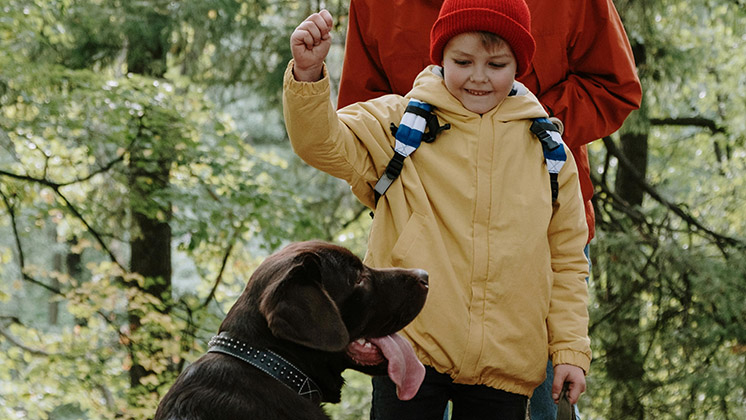Exploring Canine-Assisted Interactions for Children with ADHD

Living with attention-deficit hyperactivity disorder (ADHD) can be challenging, especially for children. While medication and behavioral therapies are common treatments, more families are looking into complementary options like animal-assisted interventions (AAIs). But do these methods really make a difference? A recent study published in Frontiers in Psychiatry sheds some light on this question.
The Study in a Nutshell
The research team investigated how a canine-assisted intervention (CAI) combined with cognitive behavioral therapy (CBT) influenced social interactions among children with ADHD. The study involved 35 children who participated in a 12-week program and were randomly assigned to two groups: one interacted with live therapy dogs, and the other with stuffed toy dogs.
How It Was Done
Researchers observed and coded video footage from five key sessions to see how children behaved. They used a specialized behavior coding system called OHAIRE to record social interactions with adults, peers, and the animals (real or stuffed).
Key Findings
- Human Interaction Boost: Children in the live-dog group showed more significant improvement in human-directed social interactions over time compared to those with stuffed dogs.
- Adult Engagement: Interactions with adults grew notably in the presence of live dogs. Peer interactions increased in both groups but were not significantly different between them.
- Animal Interaction Similarity: Surprisingly, the frequency of interactions with the live dogs was similar to those with stuffed dogs, suggesting that merely the theme of dogs can prompt engagement.
What Does This Mean?
The findings hint that while both live and toy dogs encourage interaction, live animals might enhance social connection with adults more effectively. This suggests the presence of a real animal could trigger unique social benefits not seen with toys.
Why It Matters
Understanding how AAIs work helps refine these interventions, making them more effective for children who might struggle with traditional methods. If your family or community is considering alternative ways to support children with ADHD, canine-assisted therapy might be worth exploring.
Read the Research Paper
This article was based on the research of Dr. Leanne Nieforth and the HAPI lab. Read the research:
Suggested Articles

Do Psychiatric Service Dogs Improve Sleep for the Partners of Veterans with PTSD?
Discover how psychiatric service dogs impact the sleep quality of partners of veterans with PTSD in this insightful study.
Read more
How Service Dogs Impact the Stress Response in Veterans with PTSD
Learn how service dogs may improve the stress response in veterans with PTSD by enhancing the cortisol awakening response, offering both emotional and physiological benefits.
Read more
Can Furry Coworkers Improve Mental Health at Work?
Explore how dogs at work boost employee well-being, reduce stress, and build community—plus tips for making pet-friendly policies work.
Read more
